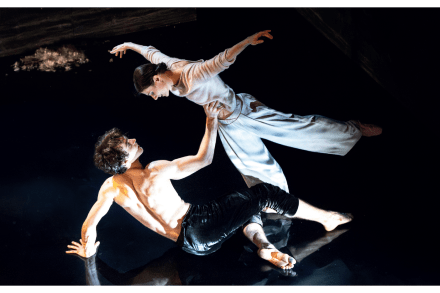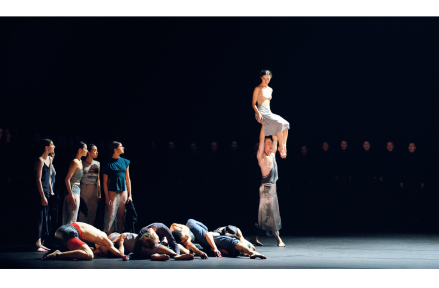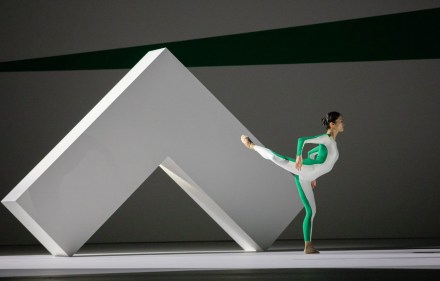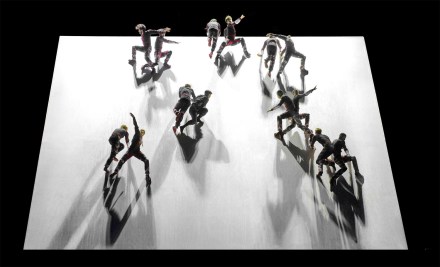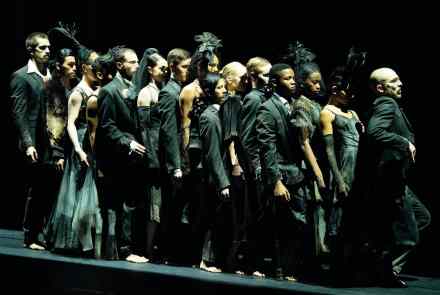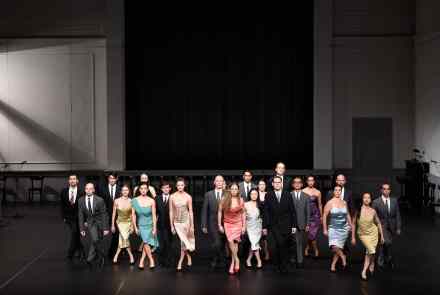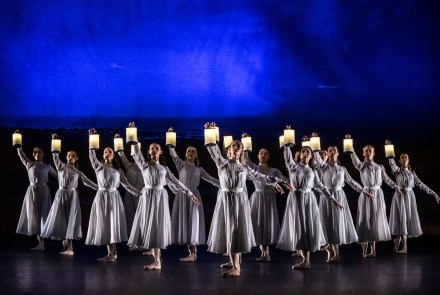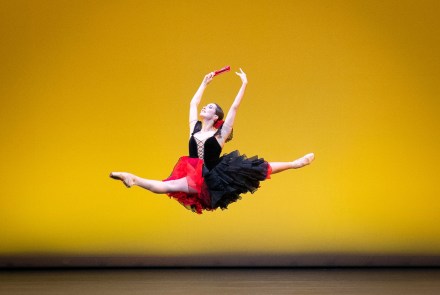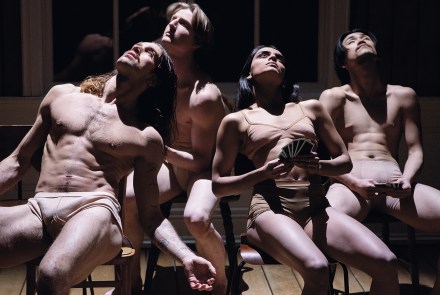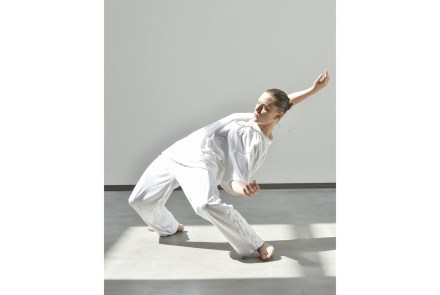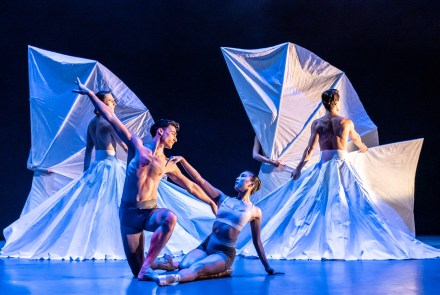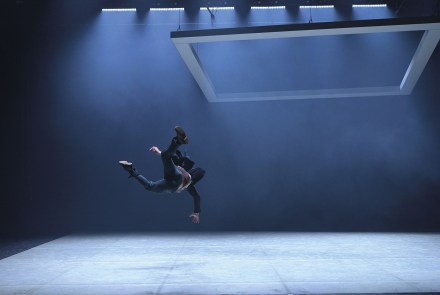Lucid and lean: Metamorphoses, at the Theatre Royal Bath, reviewed
Literate, thoughtful and serious, Kim Brandstrup ranks as one of the most honest and honourable of contemporary choreographers. A proper grown-up, scorning bad-boy sensationalism or visual gimmickry, he compensates in solid consistent craft for whatever he may lack in striking originality, and the double bill he presented earlier this month as part of Deborah Warner’s season in the chapel-like Ustinov Studio behind Bath’s Theatre Royal is quietly and characteristically satisfying. Can we have a moratorium on the title of Metamorphoses? It’s become a tired cliché Its subject matter draws on that bottomless source, classical myth. First comes a version of an episode in the saga of Theseus, Ariadne and the
